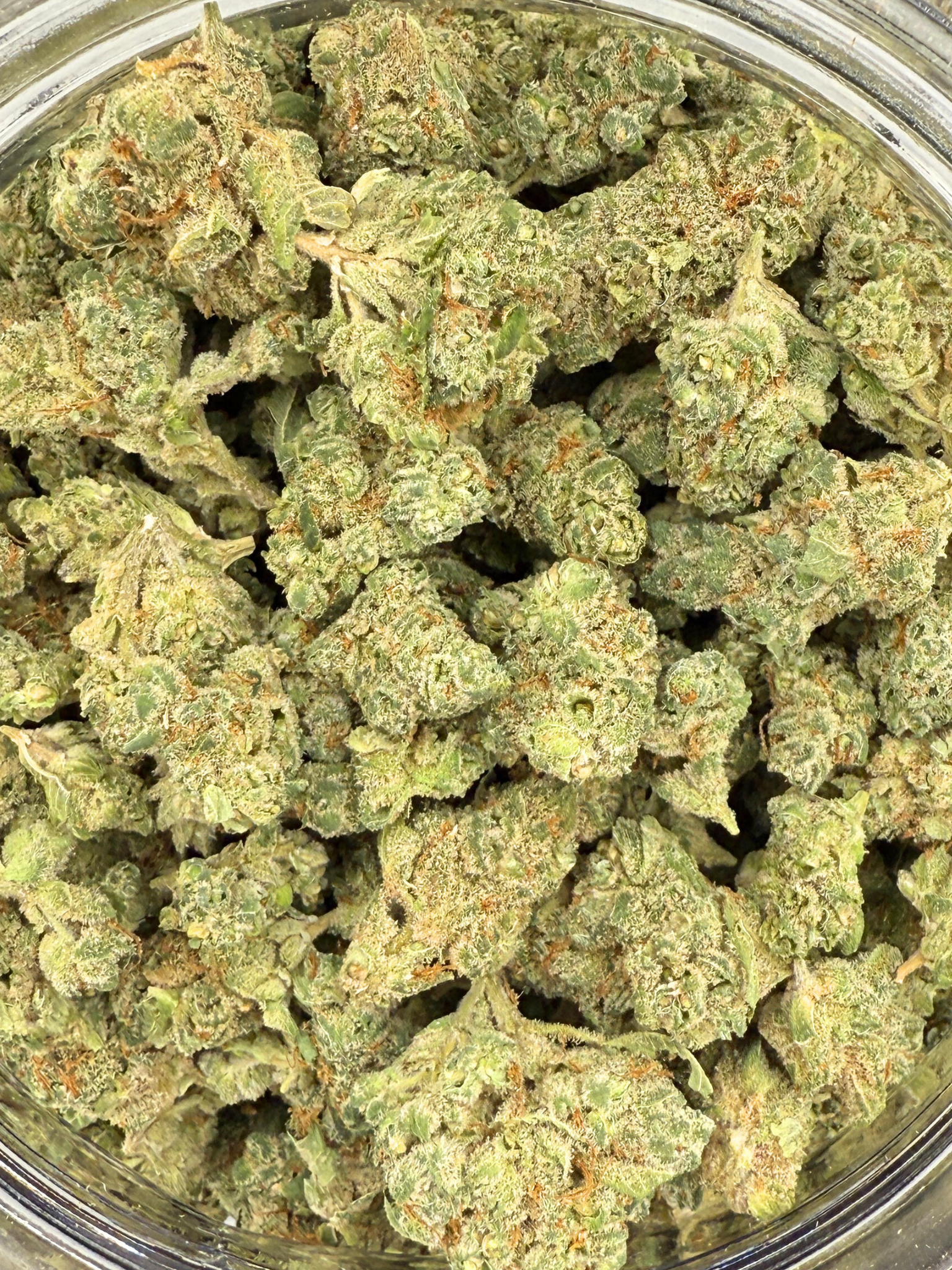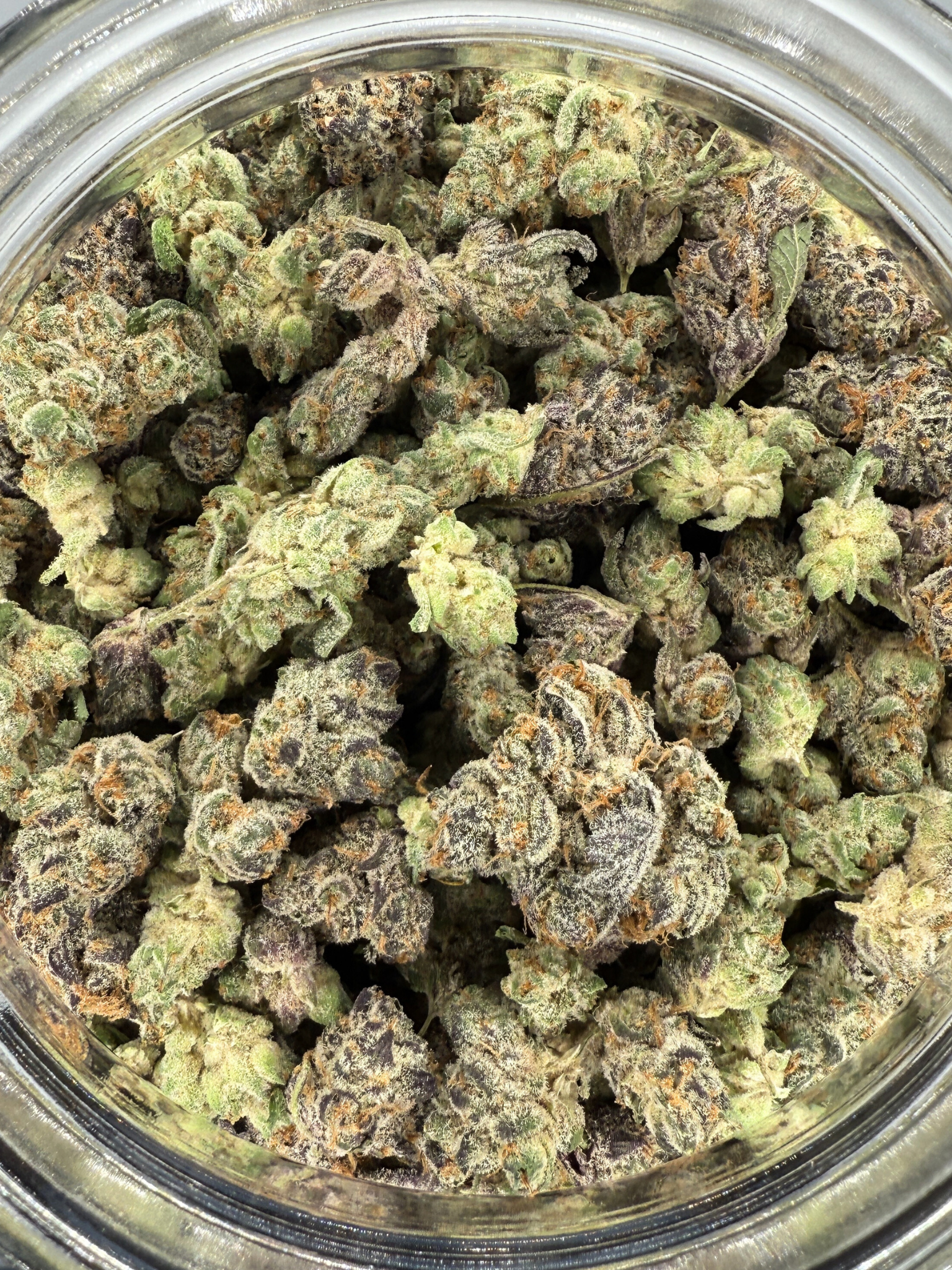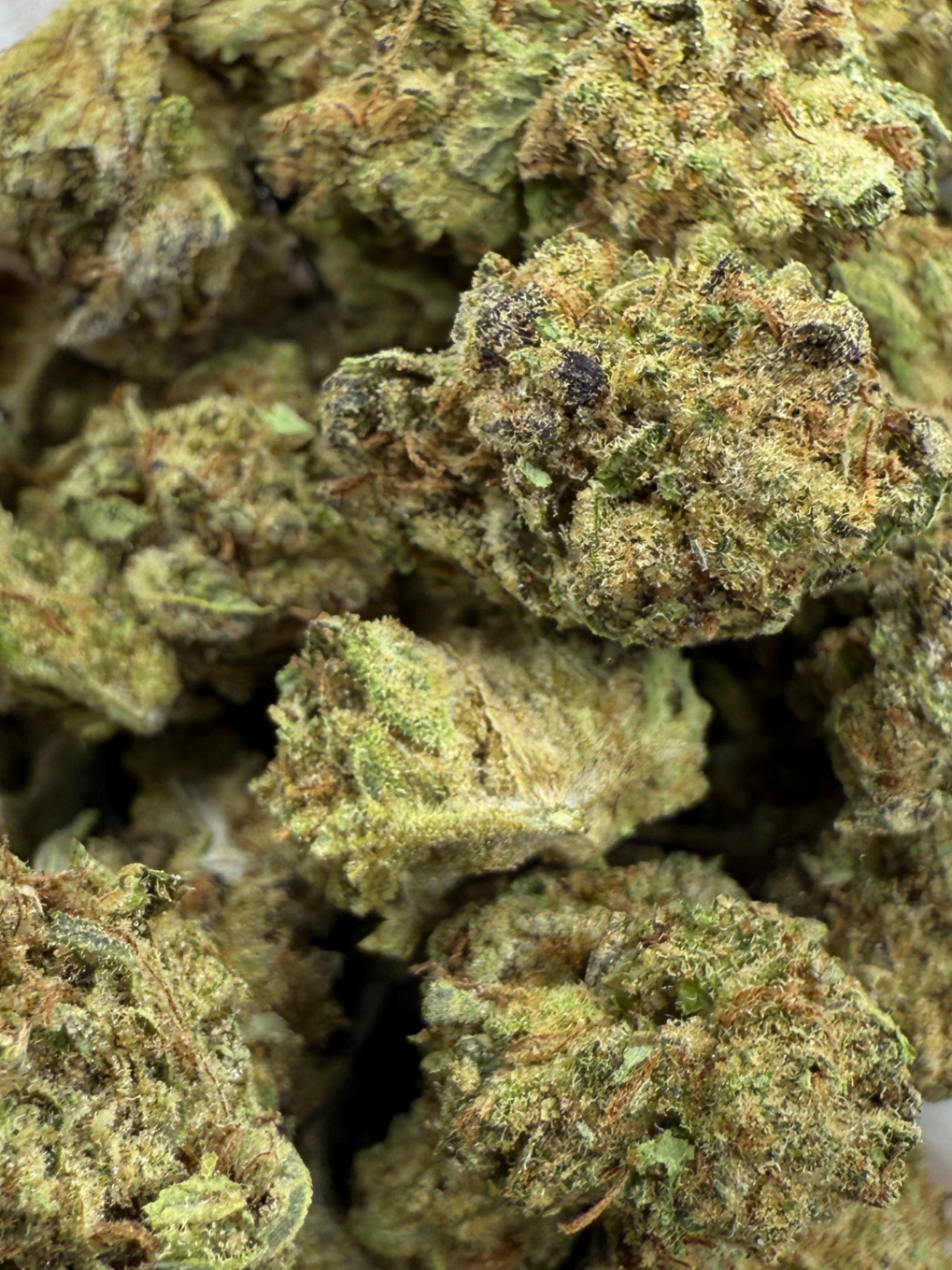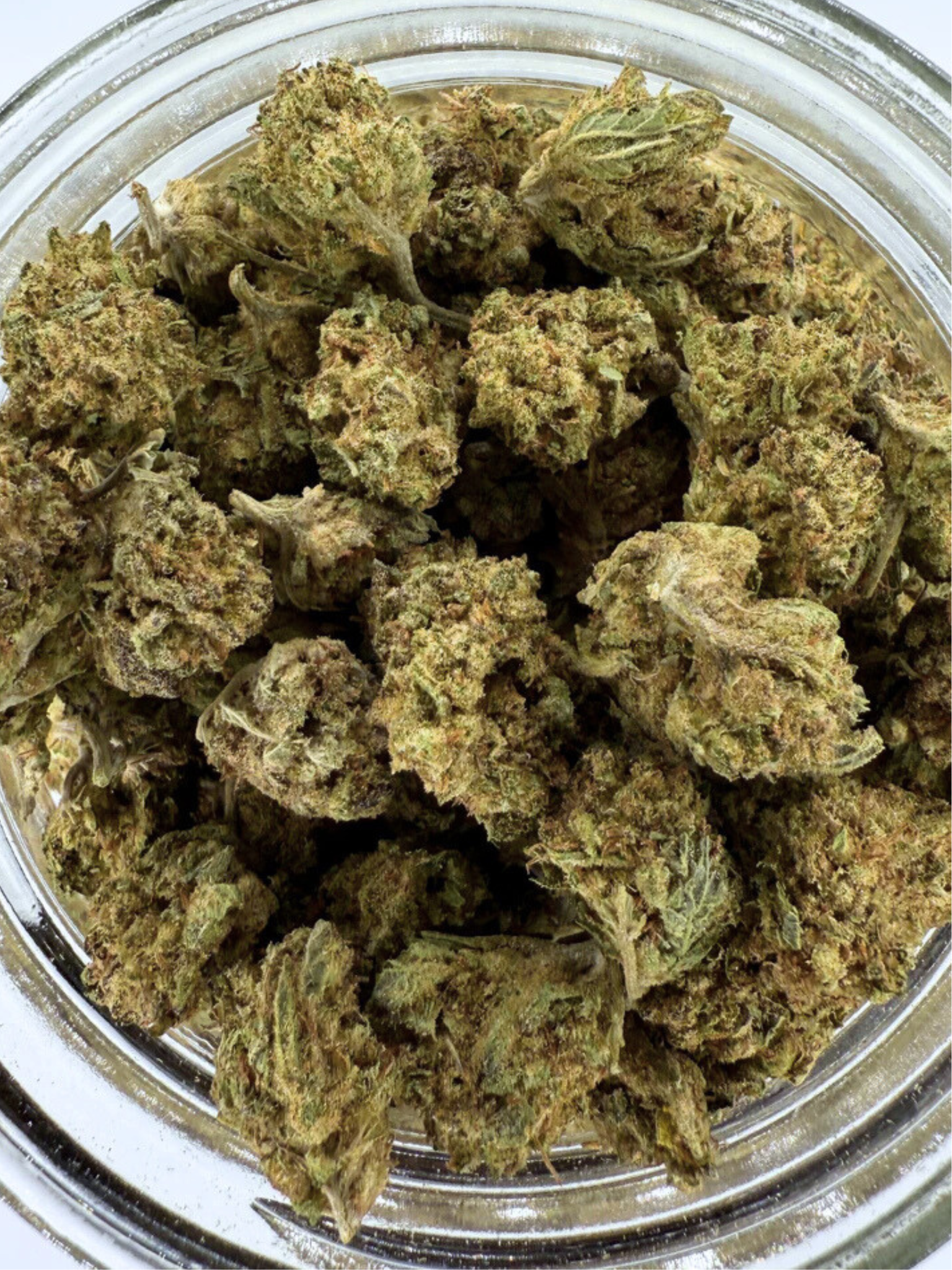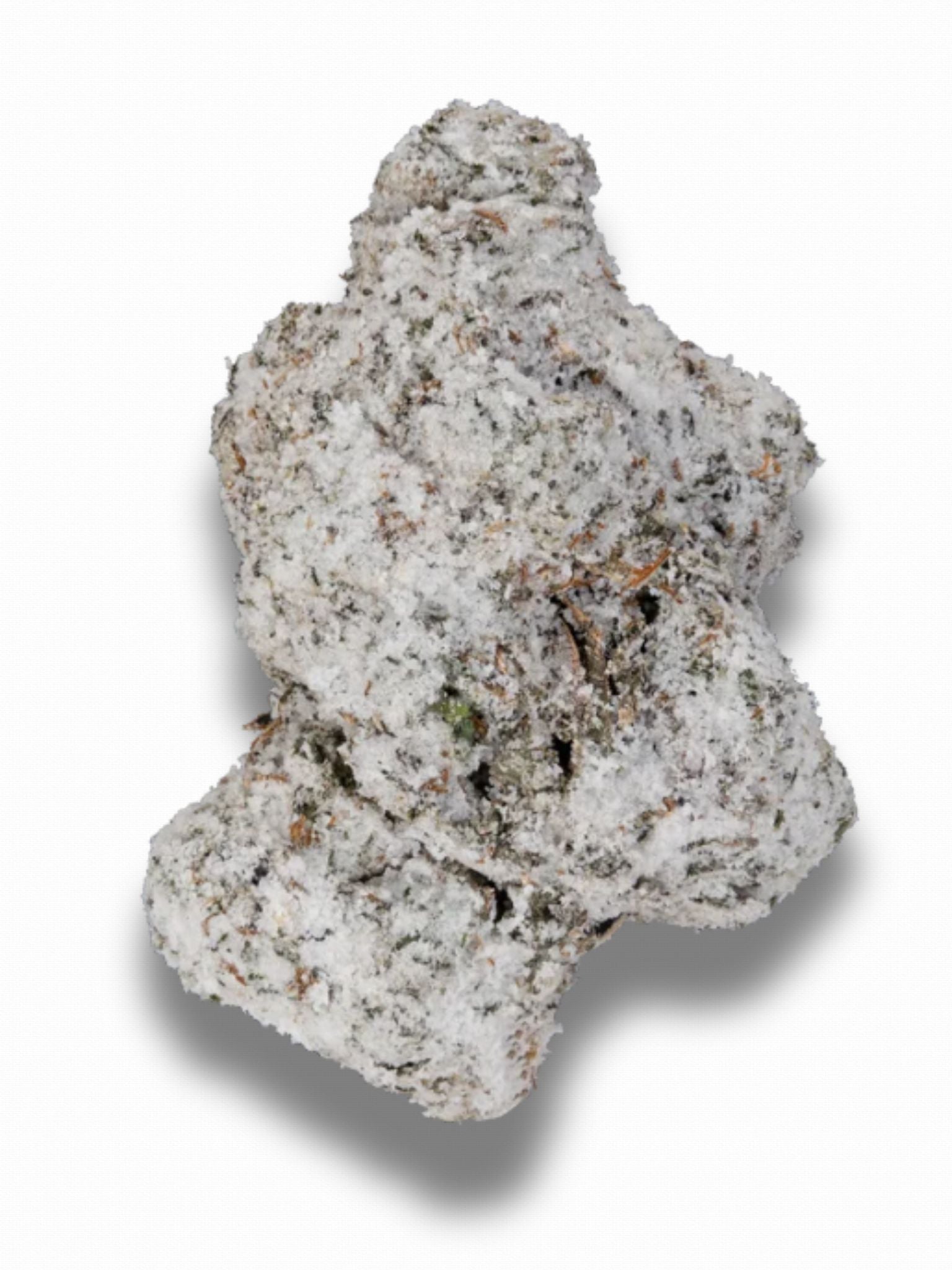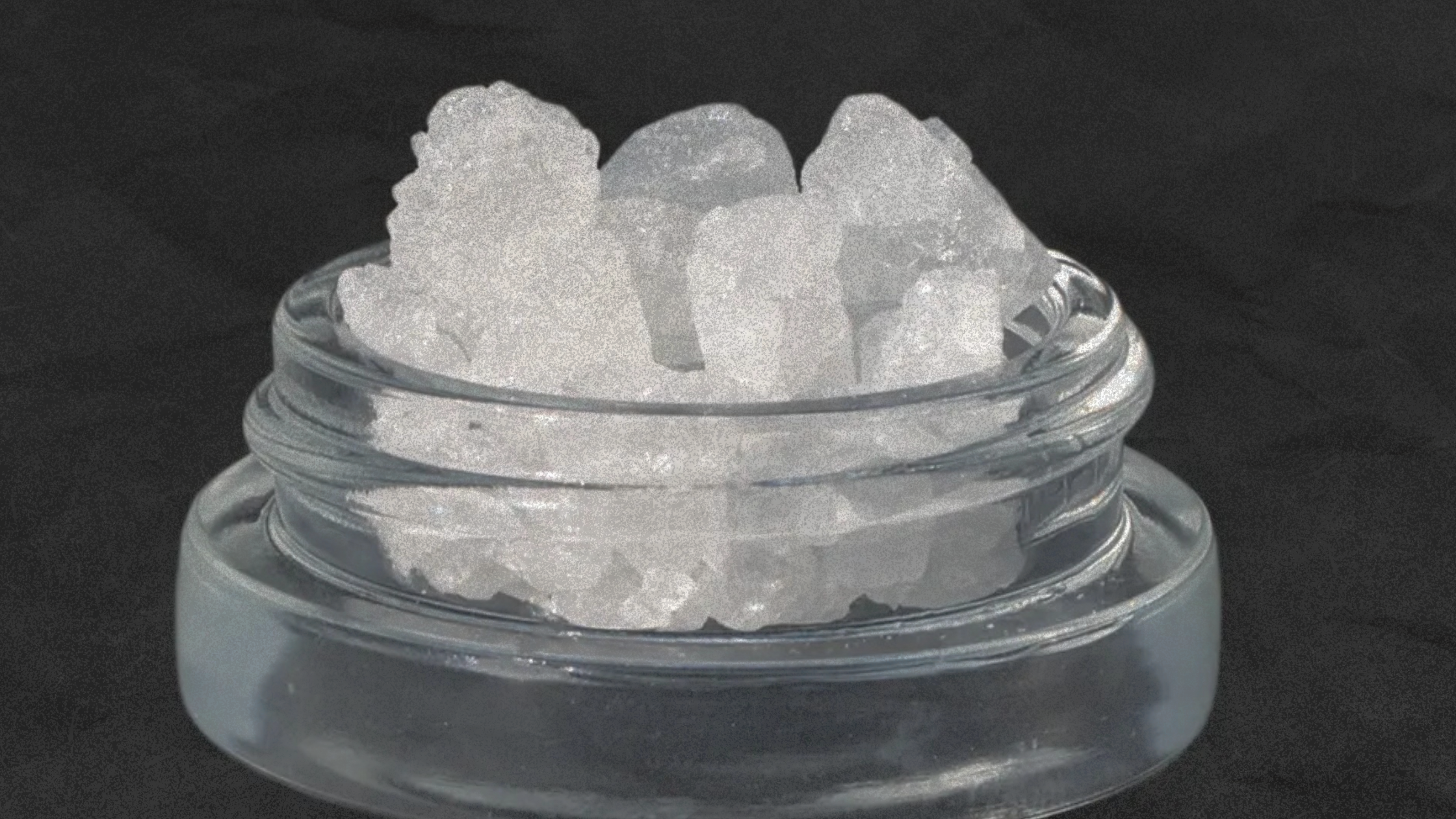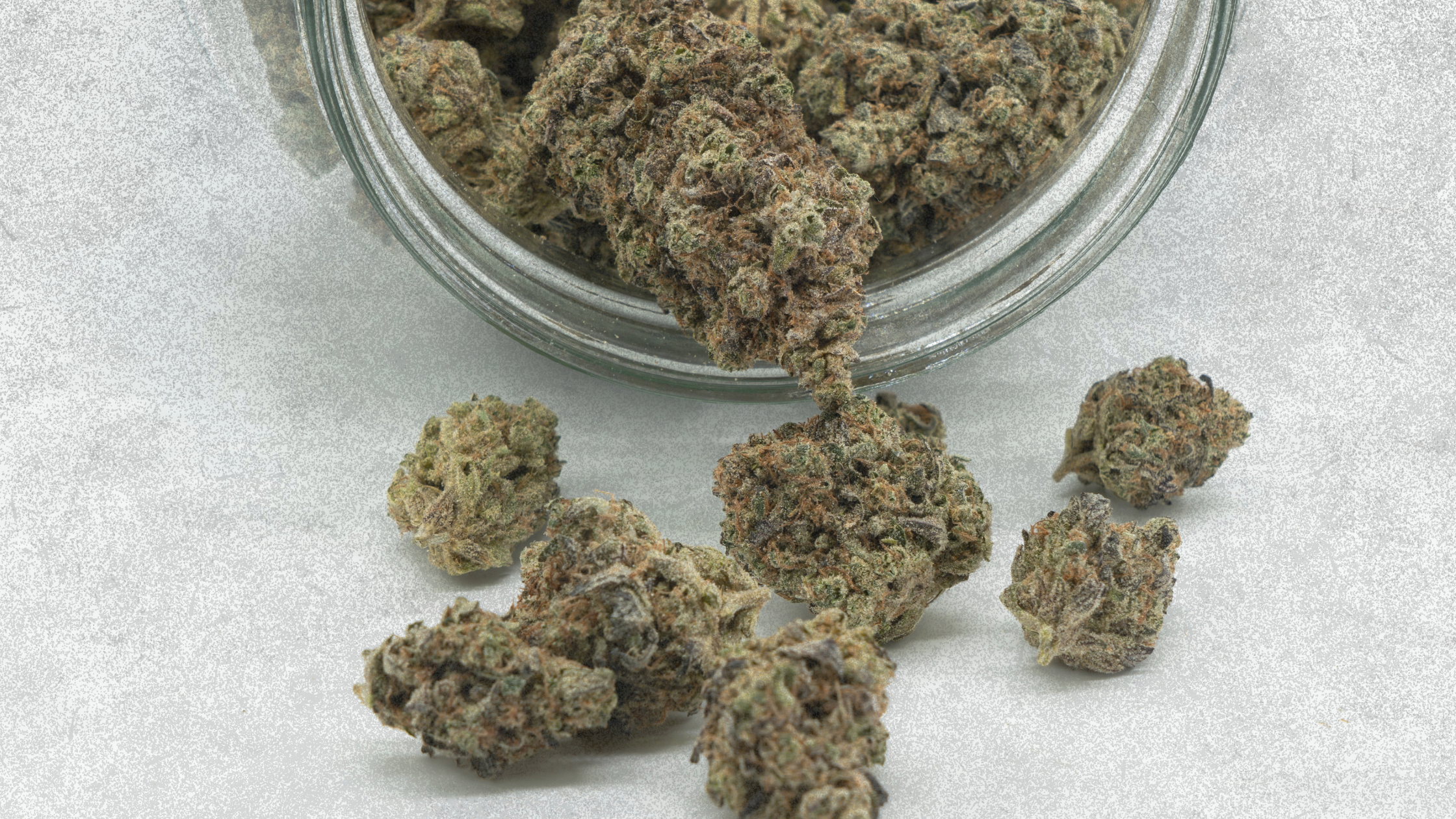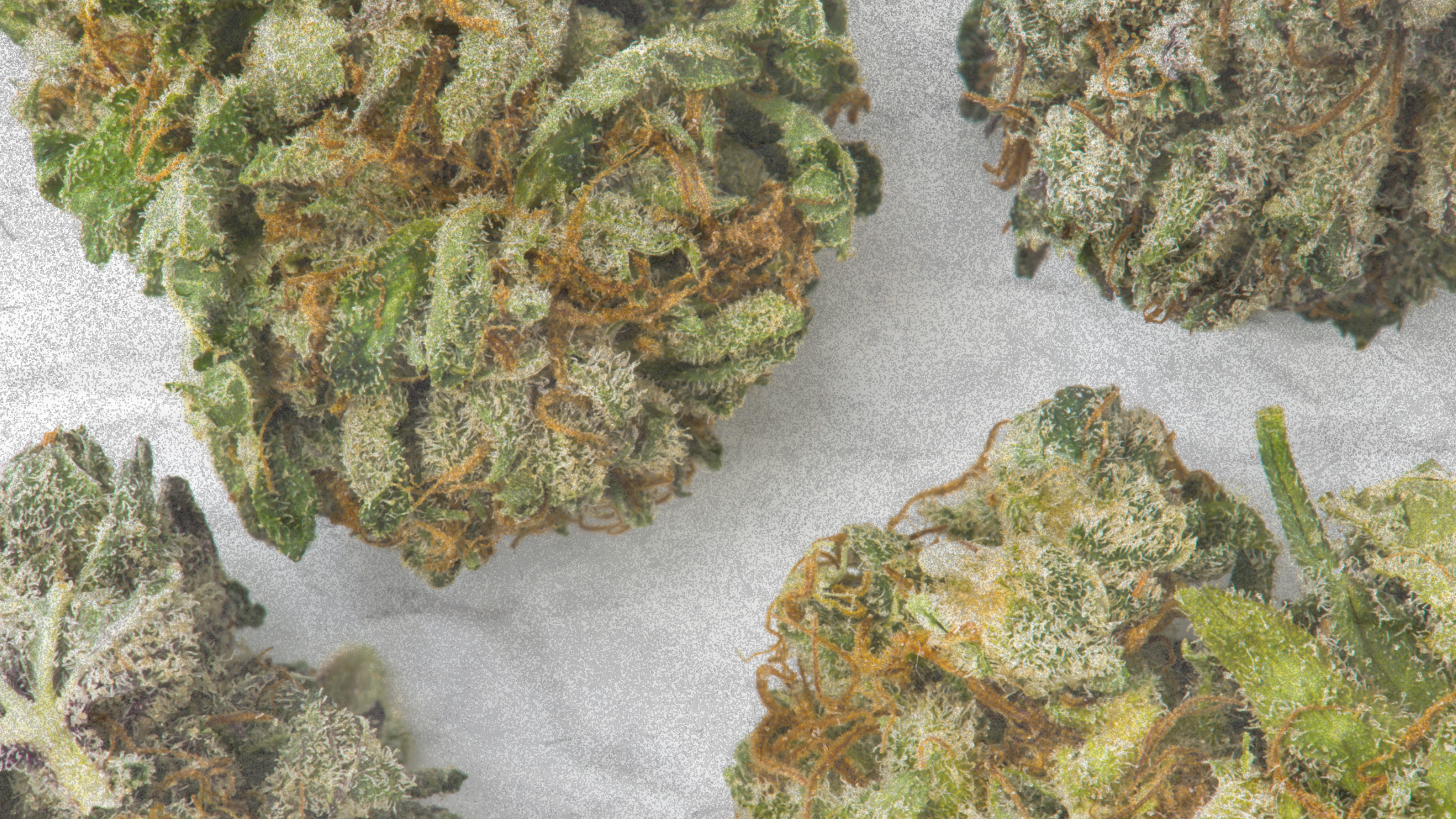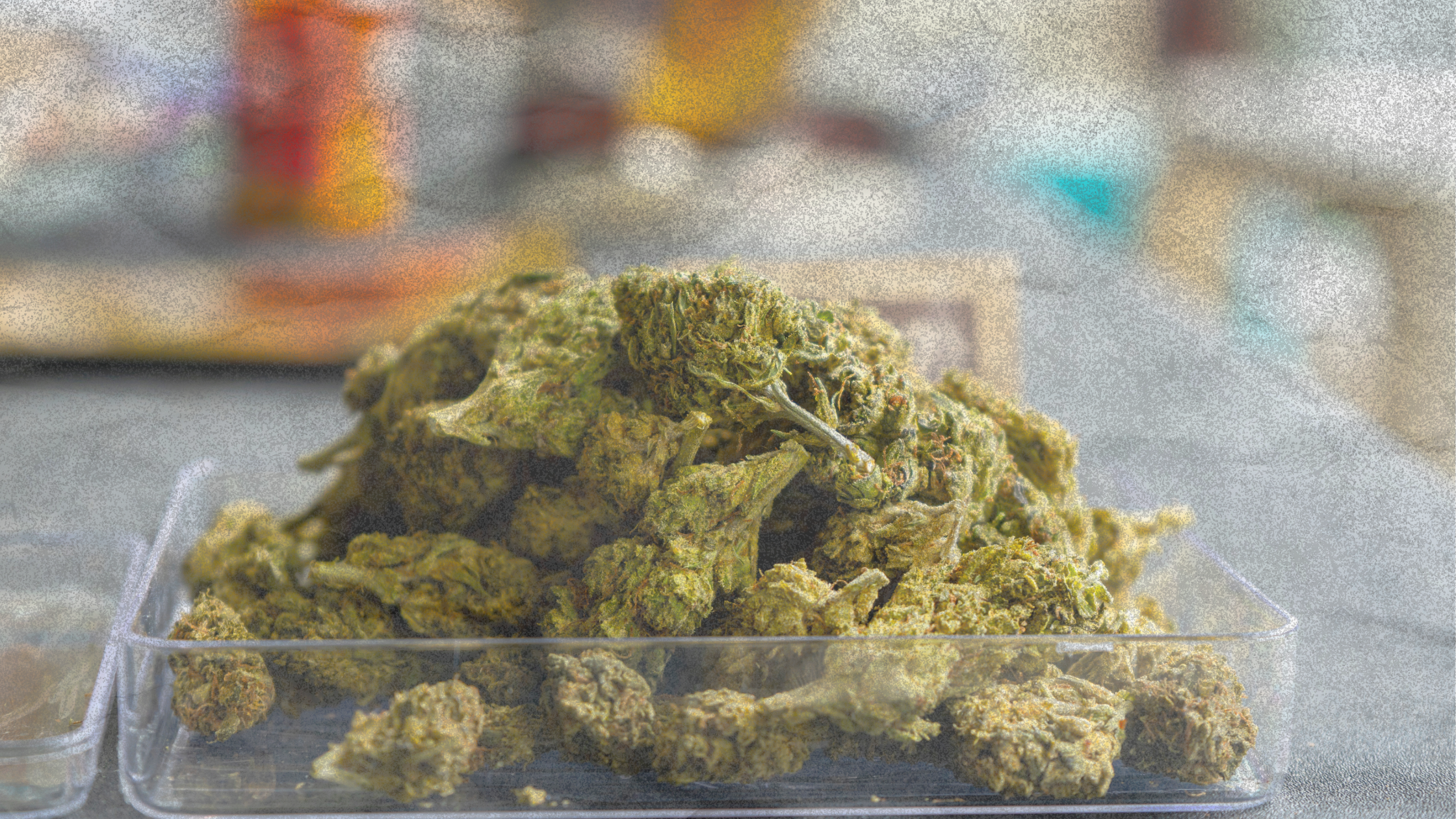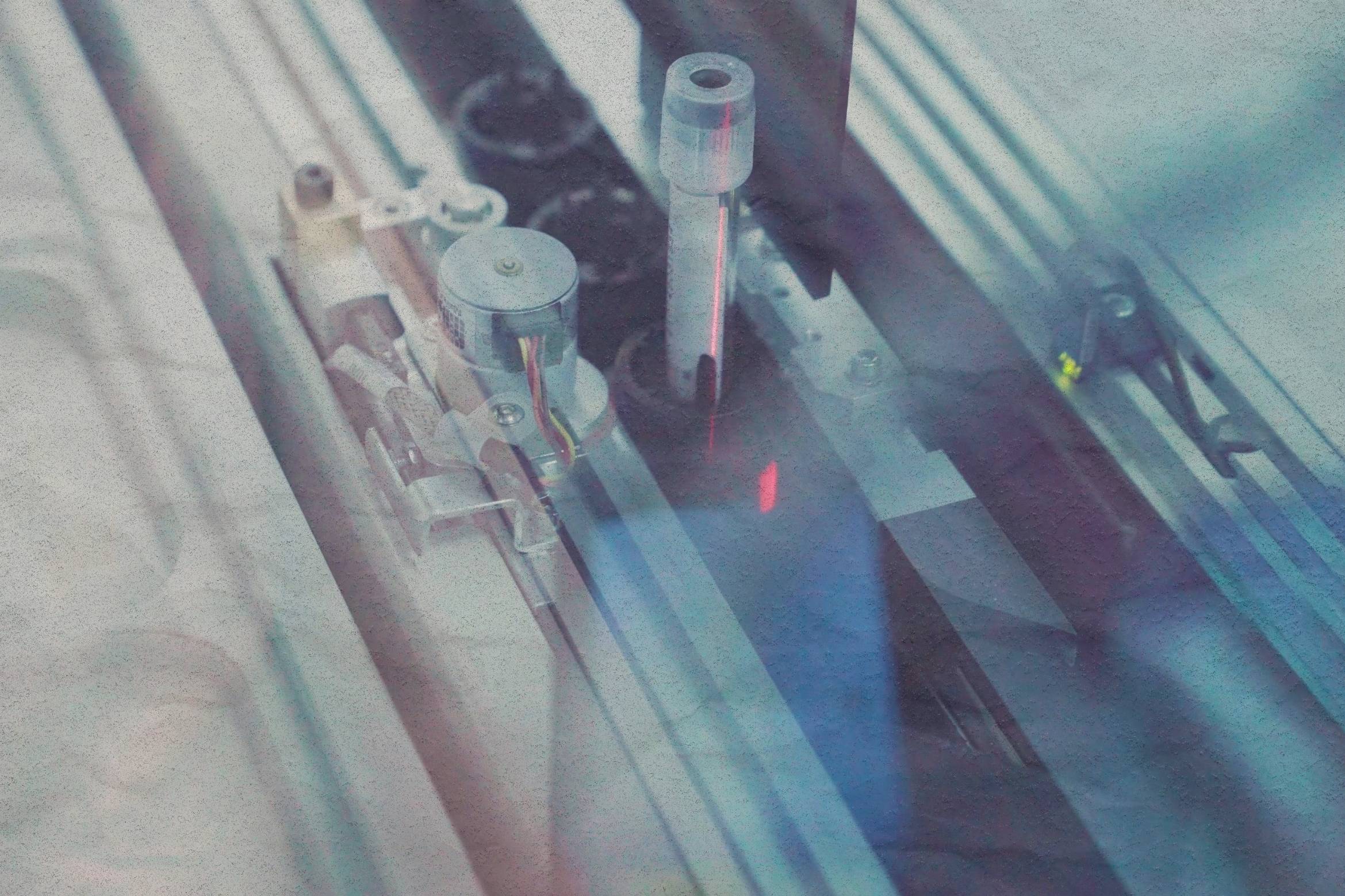
Interpreting COA Lab Tests: What They Reveal About Cannabis Quality
Certificate of Analysis (COA) lab tests are the life-blood of quality assurance in the cannabis industry, especially when you have THCa products. The ability to read a COA enables consumers and industry professionals to make informed decisions about product quality, potency, and safety. These detailed reports provide significant information about THCa levels that affect the potential value and effectiveness of cannabis products.
Mass spectrometry and chromatography are modern analytical methods that provide precise measurement of cannabinoid profiles and potential contaminants. A complete COA looks at cannabis quality's multiple aspects, from THCa potency and terpene profiles to screening for pesticides, heavy metals, and microbial contamination. This piece helps readers understand the significance of laboratory testing results and what they mean for product quality.
The Importance of THCa Testing in Cannabis COAs
THCa testing in cannabis Certificate of Analysis (COA) reports plays a significant role in quality control throughout the modern cannabis industry. The analysis of THCa, which serves as the non-psychoactive precursor to THC, demands precise testing methods to maintain product safety and efficacy.
The role of THCa in cannabis products
Raw cannabis plants contain THCa as their main cannabinoid before any processing or heating takes place. Lab tests reveal that cannabis samples have an average THCa concentration of 18.2%. Modern strains show even higher potency levels that reach 22.5% on average in recent months 1. These increasing THCa levels highlight why accurate testing has become crucial.
The natural state of cannabis plants produces THCa instead of THC. Producers need to understand their products' conversion capabilities 2. Labs must use proven methods to confirm:
- Cannabinoid potency analysis
- Terpene profile assessment
- Heavy metal screening
- Pesticide residue detection
- Microbial contamination levels
How THCa is different from THC
Chemical Structure and Effects THCa has a unique chemical composition that makes it stand out from THC. A carboxyl group exists in its structure and prevents THCa from binding effectively to cannabinoid receptors 3. This structural variation explains why THCa remains non-intoxicating in its natural state.
The cannabis plant transforms THCa into THC through decarboxylation, which happens during heating, smoking, or vaping 2. Testing methods should account for this transformation since regulatory requirements demand measurement of total THC concentration on a dry weight basis 4.
Why THCa levels matter for consumers
THCa testing gives significant information to medical and recreational consumers. Fresh, undried cannabis plants with higher THCa concentrations show greater potential potency after decarboxylation 2. Research suggests THCa might provide therapeutic benefits that include anti-inflammatory and neuroprotective properties 5.
Accurate testing has become more important as THCa products grow popular in the market. Current regulations allow THCa when products meet the acceptable delta-9 THC threshold of 0.3% 2. THCa doesn't cause intoxication by itself, but it will show up in drug tests and could lead to failed results 6.
Labs need standardized testing methods to measure THCa levels accurately. They use sophisticated analytical techniques like high-performance liquid chromatography (HPLC) and gas chromatography (GC) 4. These precise methods ensure compliance testing and consumer safety.
Breaking Down the Components of a Cannabis COA
Laboratory analysis reports give a detailed explanation of cannabis product composition through complete testing protocols. The Certificate of Analysis contains three main components that provide significant information about product quality and safety.
Cannabinoid analysis section
Cannabis testing's life-blood lies in its cannabinoid profile that measures up to 15 distinct cannabinoids. These include CBDVA, CBDV, CBDA, CBGA, CBG, CBD, THCV, THCVA, CBN, Δ9THC, Δ8THC, CBL, CBC, THCA, and CBCA 7. The analysis reveals:
- Percentage by weight for each cannabinoid
- Total cannabinoid content
- Specific THCa concentration
- Active THC conversion potential
Laboratories provide additional metrics for infused products based on the product's net weight in its retail container 7. These metrics include total mg/serving and mg/package.
Terpene profile results
Scientists can calculate up to 36 unique terpenes in cannabis samples using modern analytical methods 7. These aromatic compounds affect product characteristics by a lot.
Main Terpene Categories:
| Terpene Type | Aroma Profile | Potential Effects |
|---|---|---|
| Myrcene | Musky, Earthy | Pain relief, Anti-inflammatory |
| Limonene | Citrus | Stress relief, Mood elevation |
| Pinene | Pine | Increased alertness, Anti-inflammatory |
| Linalool | Floral | Anxiety reduction, Sleep helper |
Contaminant screening information
Product purity requires detailed safety screening in several critical areas. A recent Washington state study revealed a concerning statistic - 84.6% of cannabis products contained pesticide residues 8. This finding emphasizes why thorough contamination testing matters.
Key Contaminant Categories:
- Heavy Metals: Cannabis plants absorb toxic metals like arsenic, mercury, and lead from soil. Testing detects these dangerous elements 8
- Pesticides: Tests identify leftover agricultural chemicals
- Microbial Contamination: Tests detect harmful bacteria, molds, and yeasts
- Residual Solvents: Tests confirm complete removal of solvents from processed products
Modern testing labs use advanced analytical methods to deliver accurate results. Their sophisticated equipment includes high-performance liquid chromatography (HPLC) and gas chromatography with mass spectrometry (GCMS) 9. These precise techniques measure both major and minor compounds to provide a full picture of cannabis product quality.
Laboratory Methods for THCa Analysis
Modern analytical laboratories use sophisticated techniques that measure THCa concentrations accurately. These advanced methods give a detailed explanation of cannabis product composition and ensure regulatory compliance and consumer safety.
High-performance liquid chromatography (HPLC)
High-performance liquid chromatography is the gold standard to analyze THCa. The process runs at room temperature and keeps cannabinoid integrity intact. The method employs C18 stationary phases combined with methanol and formic acid mobile phases. This combination delivers excellent cannabinoid separation 10.
Key HPLC Advantages:
- Measures acidic and neutral cannabinoids simultaneously
- Needs no derivatization
- Provides precise THCa measurements
- Protects temperature-sensitive compounds
HPLC systems with C18 columns can separate different cannabinoids precisely 10. Adding 0.1% formic acid to the mobile phase creates better peak shapes and sharper chromatographic resolution 10.
Gas chromatography (GC)
Gas chromatography is a significant analytical method that completes analysis in under 20 minutes at temperatures up to 300°C 10. The technique uses specific stationary phases:
| Parameter | Specification |
|---|---|
| Temperature | Up to 300°C |
| Runtime | Under 20 minutes |
| Phase Type | 5% diphenyl-95% dimethyl polysiloxane |
High column temperatures during GC analysis cause THCa to undergo decarboxylation 10. Scientists need additional calculations to determine the original THCa content. The latest GC methodology advances have reduced analysis time to 7 minutes while delivering accurate results 11.
Interpreting THCa quantification results
Lab professionals use specific formulas to calculate total THC content from THCa measurements. The standard conversion formula takes molecular weight differences into account:
Total THC = (THCa × 0.877) + THC 12
This calculation shows that THCa doesn't completely convert to THC during decarboxylation, and the 0.877 factor represents the molecular mass ratio 13. Testing facilities now achieve detection limits as low as 0.1 µg/mL 11 that ensure precise measurements at all concentration ranges.
Analysts need to evaluate these key parameters for accurate result interpretation:
- Baseline separation of compounds
- Peak shape and resolution
- Retention time consistency
- Internal standard response
Testing requirements determine the choice between HPLC and GC methods. HPLC proves valuable especially when analyzing medical cannabis because precise THCa measurements affect therapeutic dosing. GC provides better speed and efficiency for routine quality control testing 14.
Technology advances have boosted both methods' capabilities. HPLC-MS/MS systems can now identify and measure multiple cannabinoids at once, while modern GC systems deliver better resolution with faster analysis times 11. Labs can now process more samples without compromising accuracy standards.
Evaluating Cannabis Quality Through COA Results
Certificate of Analysis results need a systematic approach when interpreting complex laboratory data. Professional testing facilities use advanced analytical methods and give detailed explanations about cannabis product characteristics. These results help make informed decisions about product safety and efficacy.
Assessing potency and cannabinoid ratios
The relationship between THCa and other cannabinoids forms the foundation of accurate potency assessment. Studies show that products containing THC:CBD ratios ≥1:1 demonstrate stronger effects. Products with ratios ≤1:6 show protective characteristics 15. Lab tests reveal that most medical and recreational products, ranging from 72-100%, belong to the highest potency category with THC:CBD ratios ≥1:1 15.
Key Potency Parameters:
- Total THCa concentration
- Conversion potential to active THC
- Presence of minor cannabinoids
- Overall cannabinoid profile
Understanding terpene profiles and their effects
Cannabis products contain 2-5% terpenes 16. Scientists have identified over 200 volatile compounds in different genotypes 17. The main terpene composition affects these product characteristics:
| Terpene Type | Concentration Range | Primary Effects |
|---|---|---|
| Monoterpenes | 0.05-2.0% | Aromatic profile |
| Sesquiterpenes | 0.01-1.0% | Therapeutic properties |
| Combined profiles | 2.0-5.0% | Entourage effects |
Environmental conditions and plant maturity affect terpene compositions. Cannabis in its flowering stage shows higher monoterpene proportions than in its vegetative stage 17. Full-spectrum extracts need terpene concentrations above 0.05% v/w to work therapeutically 17.
Reviewing safety screening results
A complete safety analysis includes several critical parameters. Recent studies show why thorough contamination screening matters:
Essential Safety Parameters:
-
Microbial Testing
- Pathogenic bacteria detection
- Mold and yeast quantification
- Salmonella screening
-
Chemical Analysis
- Heavy metals assessment
- Pesticide residue detection
- Mycotoxin screening
Laboratory results that show "<LOQ" (Less than Limit of Quantification) confirm contaminant levels stay below safe allowable limits 18. Modern testing facilities screen for:
- 11 residual solvents
- 4 heavy metals
- 5 mycotoxins
- 61 pesticides 18
Pathogenic microbiology testing needs special focus because contamination can lead to serious health issues. Products with harmful bacteria like Listeria monocytogenes face immediate rejection 18. Testing facilities use solid phase microextraction (SPME) techniques that provide these benefits:
- Non-destructive sampling
- Elimination of organic solvents
- Detection of hundreds of volatile compounds 17
Quality control standards require product testing at every production stage 19. Companies focused on transparency make their COAs accessible to consumers through:
- QR codes on product packaging
- Online databases
- Direct laboratory result access
Understanding COA results requires knowledge of individual parameters and their combined importance. Modern analytical methods can detect trace contaminants while creating detailed profiles of beneficial compounds. This integrated approach will give a clear picture of how products meet regulatory requirements and consumer's quality and safety expectations.
Conclusion
Detailed laboratory testing and COA reports serve as the foundation of quality assurance for THCa products in the cannabis industry. These reports give an explanation of product composition that includes precise THCa measurements through HPLC and GC analysis and safety screening for contaminants. Accurate quantification of cannabinoid profiles comes from modern analytical methods that ensure products meet stringent safety standards by screening pesticides, heavy metals, and microbial contamination.
Stakeholders can make informed decisions about THCa product quality and safety through professional COA result interpretation. Product characteristics emerge clearly through potency analysis, terpene profiling, and contamination screening. The cannabis industry's standards continue to advance with this scientific approach to quality assessment, which protects public health through rigorous analytical testing protocols.
FAQs
1. How can one interpret a Certificate of Analysis (COA) for cannabis products?
To understand a COA, begin by examining the product details and batch number. Review the list of tests conducted, the results of these tests, and how they compare to specified standards. Ensure the COA includes approval signatures and dates to confirm its validity.
2. What are the essential elements to look for in a COA report?
When reviewing a COA report, focus on the following key elements:
- Report Date: This shows the timeliness and relevance of the results.
- Third-Party Laboratory Information: The name and details of the third-party laboratory should be clearly visible, allowing verification of the lab's credentials and existence.
3. How do you interpret a THCa Certificate of Analysis?
To read a THCa COA, particularly for CBD and Delta 8 THC products, pay attention to:
- The Heading: This section provides general information.
- Cannabinoid Section: Details the levels of cannabinoids present.
- Synthetic Cannabinoids: Indicates if synthetic cannabinoids were tested.
- Mycotoxins Section: Shows results for mycotoxin testing.
- Residuals Section: Includes heavy metals, solvents, hydrocarbons, and pesticides.
- Terpenes Profile: Lists the terpenes and their concentrations.
- Flavonoids Profile: Details the flavonoids present.
- Microbiological: Reports on microbial contamination.
4. What should you look for in a CBD Analysis report?
In a CBD Analysis report, ensure it specifies:
- THC Content: The amount of THC by weight and per gram of product (mg/g).
- CBD Content: This should be listed both as a percentage of cannabidiol by weight and per unit.
References
[1] - https://www.ncbi.nlm.nih.gov/pmc/articles/PMC7819311/
[2] - https://www.hanleycenter.org/what-is-thca/
[3] - https://floredispensary.com/thc-vs-thca/
[4] - https://www.ams.usda.gov/rules-regulations/hemp/information-laboratories/lab-testing-guidelines
[5] - https://risecannabis.com/blog/cannabis-101/thc-vs-thca/
[6] - https://www.webmd.com/mental-health/addiction/what-is-thca
[7] - https://trichomeanalytical.com/understanding-your-hemp-and-cannabis-coas-how-to-interpret-your-certificate-of-analysis-results/
[8] - https://www.ncbi.nlm.nih.gov/pmc/articles/PMC6177718/
[9] - https://moderncanna.com/cannabis-testing/terpene/
[10] - https://jcannabisresearch.biomedcentral.com/articles/10.1186/s42238-020-00040-2
[11] - https://pmc.ncbi.nlm.nih.gov/articles/PMC8840290/
[12] - https://portal.ct.gov/cannabis/knowledge-base/articles/how-is-total-thc-calculated
[13] - https://hightimes.com/grow/thca-vs-thc-how-to-read-a-lab-result/
[14] - https://www.ncbi.nlm.nih.gov/pmc/articles/PMC10161710/
[15] - https://www.ncbi.nlm.nih.gov/pmc/articles/PMC9207456/
[16] - https://cen.acs.org/biological-chemistry/natural-products/Cannabis-industry-crafty-terpenes/97/i29
[17] - https://pmc.ncbi.nlm.nih.gov/articles/PMC7763918/
[18] - https://www.acslab.com/compliance/retail-how-to-read-a-coa-and-why-its-so-important
[19] - https://budsgoods.com/how-to-read-cannabis-lab-test-coa/
